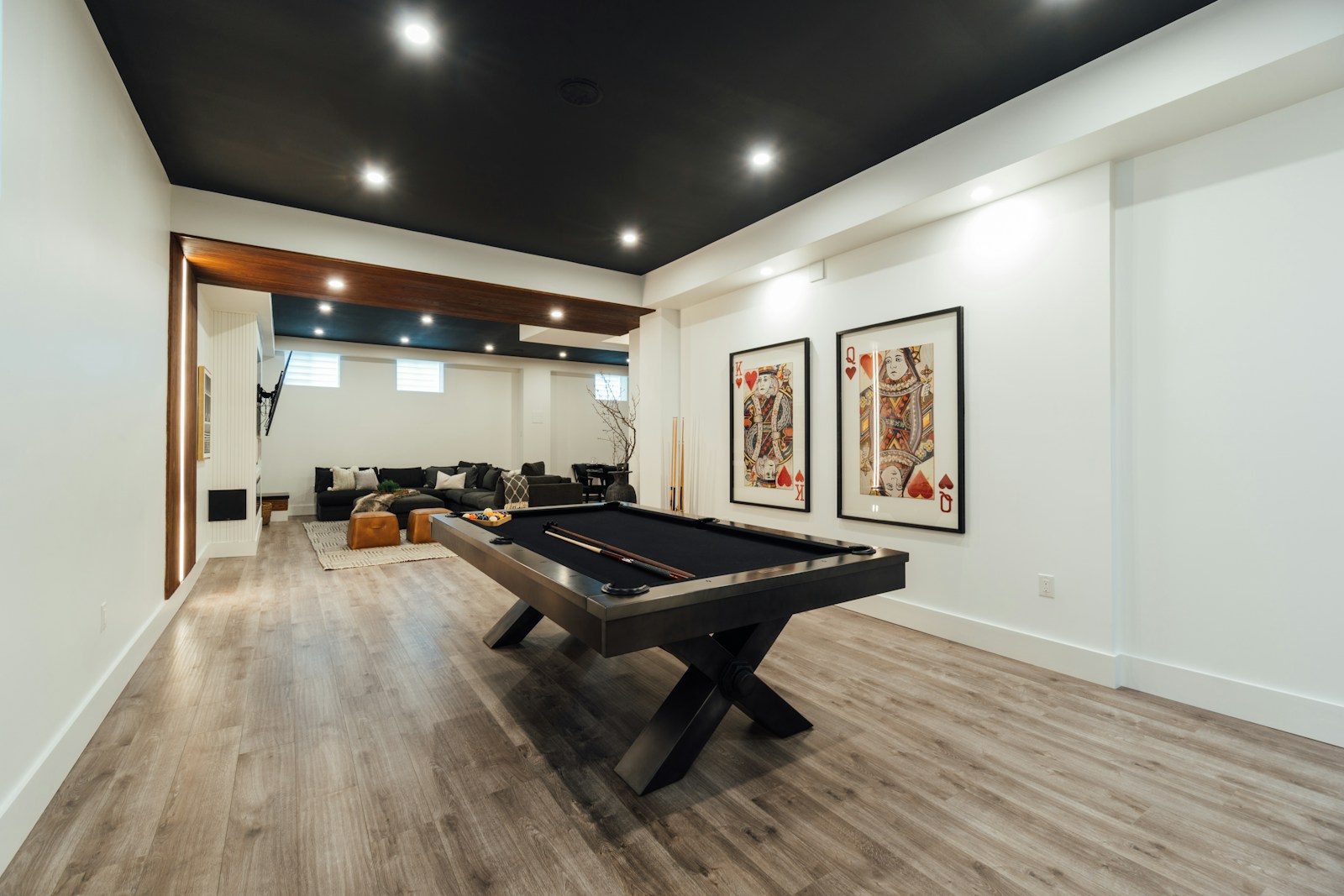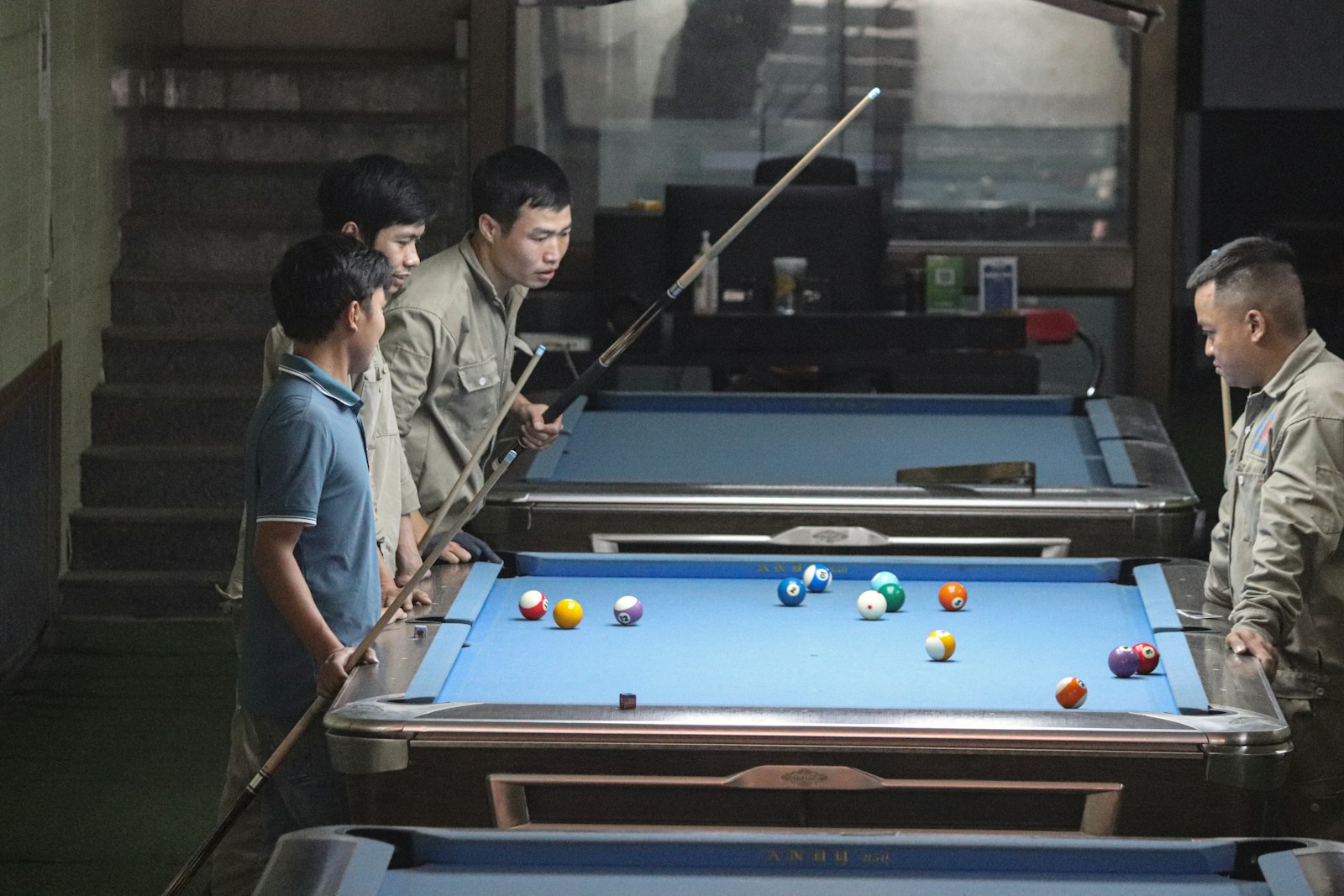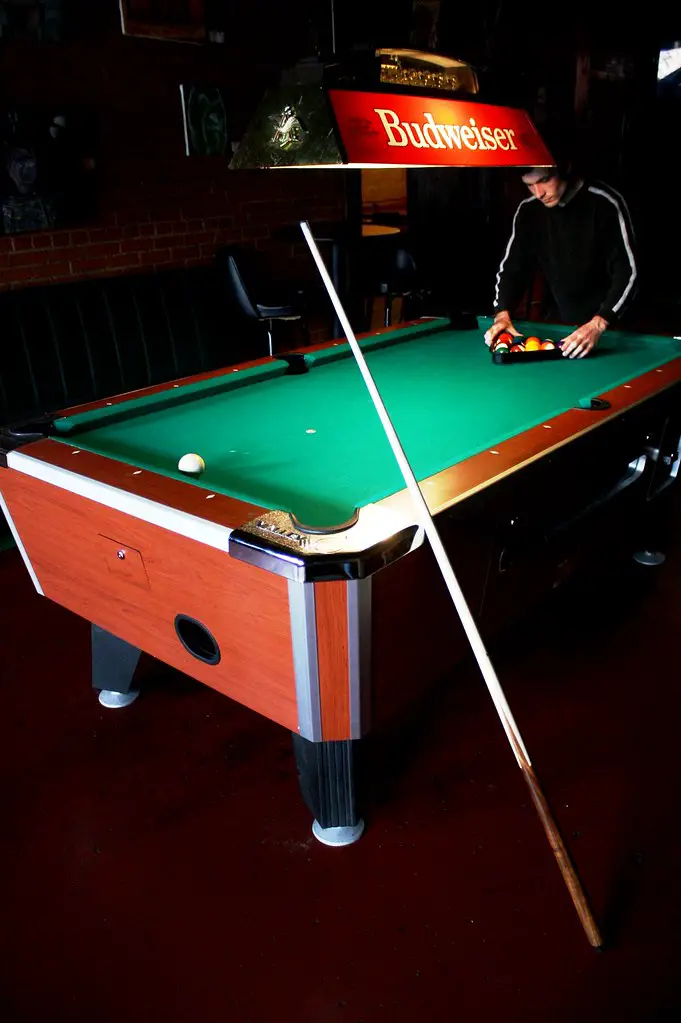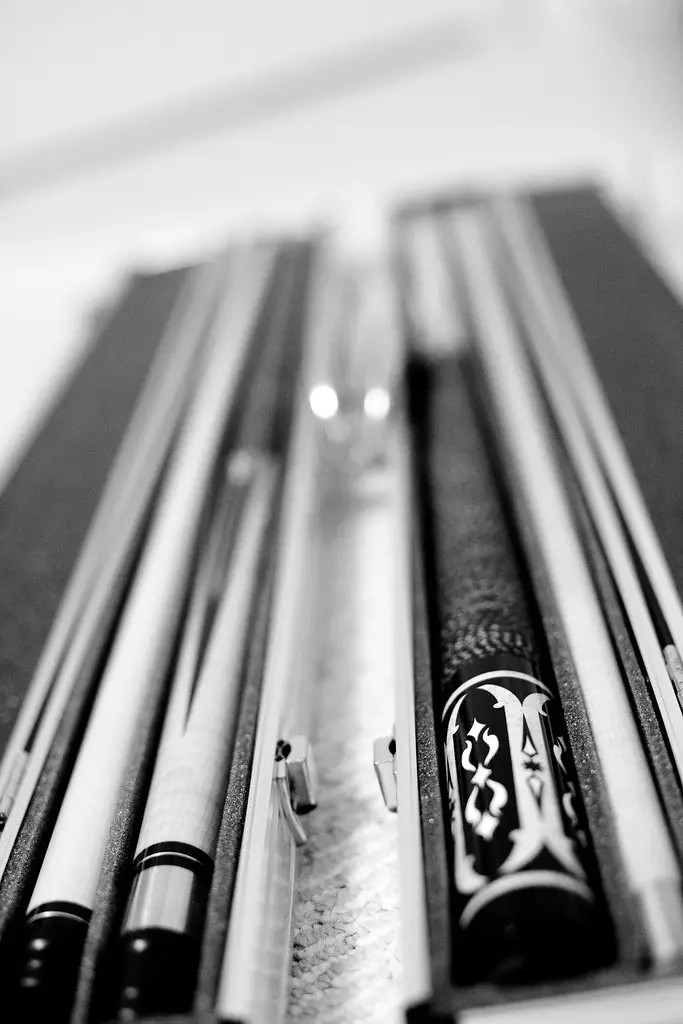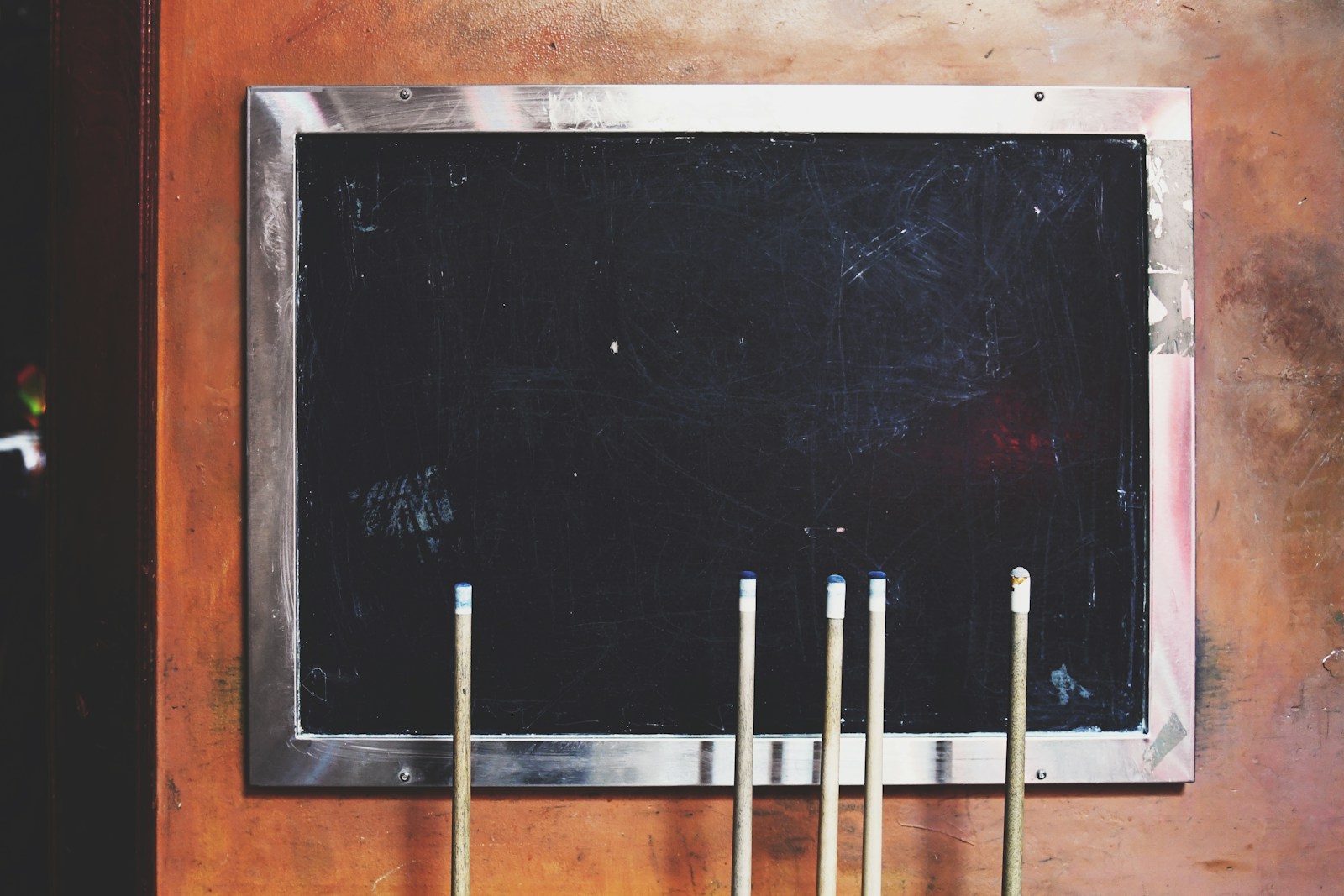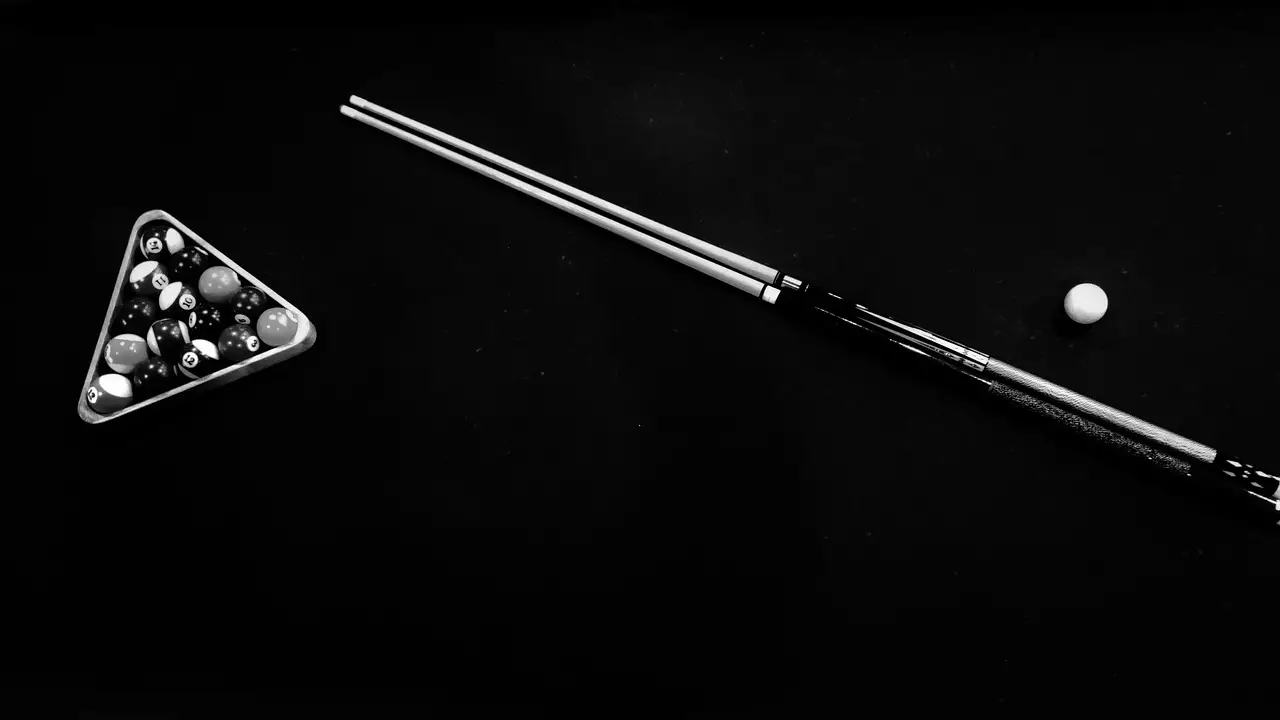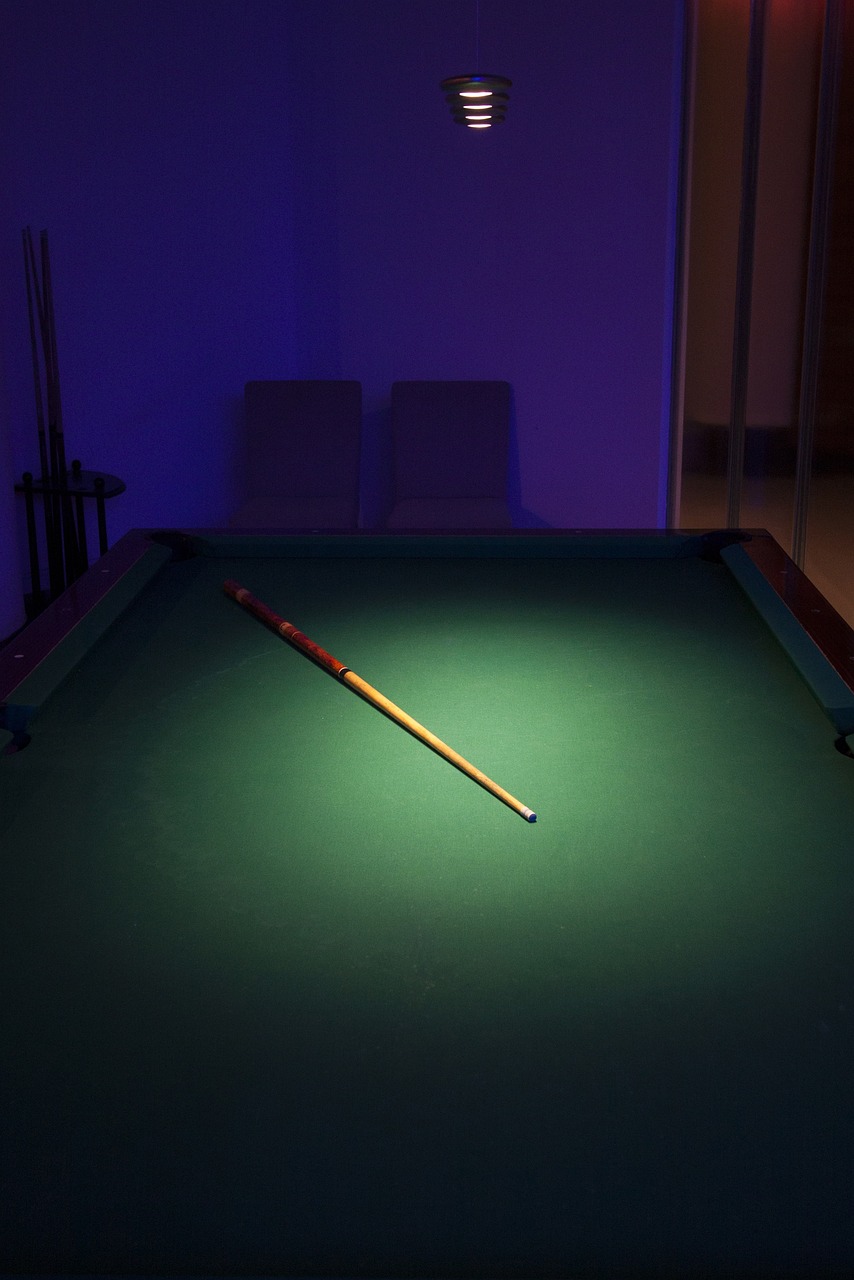
Maximizing Cue Accuracy with Bridge Heads
Billiards, often referred to as the gentleman’s game, is a sport that hinges upon the precision and dexterity of the players. Amidst the slinking of balls across felt and the sharp clack of contact, the most imperceptible factors can alter a player’s performance. Cue accuracy, in particular, is fundamental to a player’s success. In the world of billiards, the use of bridge heads is a subtle yet powerful technique to refine this precision. This post is tailored to enthusiasts aiming to elevate their game through a deep-dive into the art of cue accuracy and the strategic use of different bridge heads.
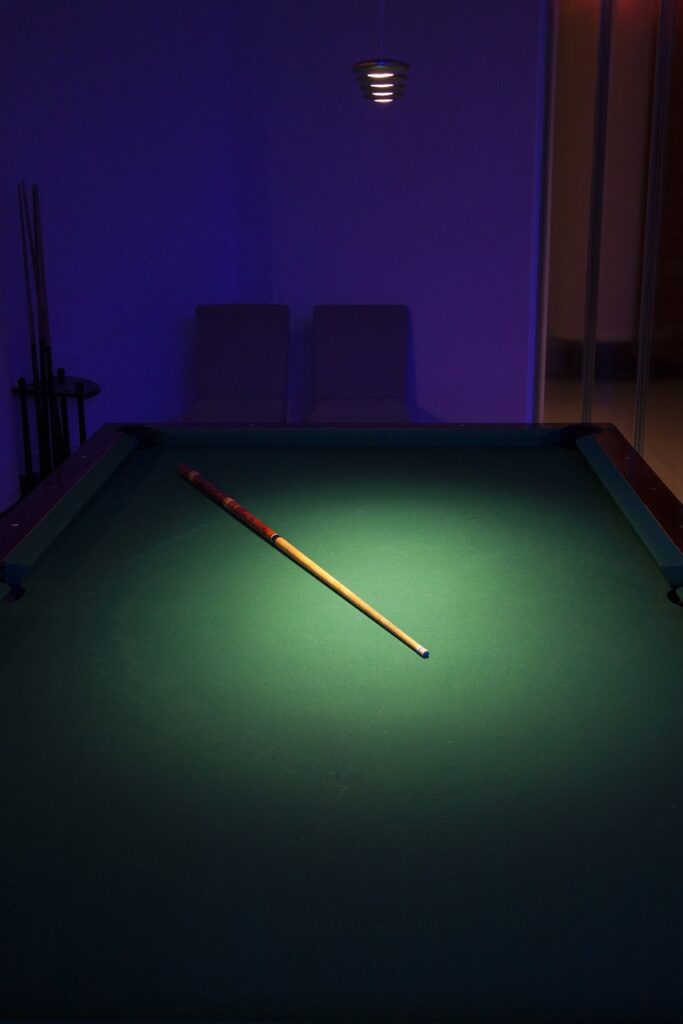
Understanding Cue Accuracy in Billiards
Before we explore the nuances of bridge heads, it’s crucial to understand what is at stake. In billiards, cue accuracy is defined by the ability to hit the cue ball exactly where you intend to strike along the vertical and horizontal axes. A consistent and stable bridge position is key to this, regardless of the shot you’re attempting.
The Three Pillars of Bridge Heads
There are three primary types of bridge heads in billiards, each with its distinct advantages and ideal uses.
Closed Bridge Head
A closed bridge head involves securing the cue shaft beneath your hand’s base and middle fingers, with the thumb, index, and ring fingers forming a closed loop. This method is secure and stable, making it a favorite for beginner and advanced players alike.
Open Bridge Head
In contrast to the closed bridge, the open bridge involves anchoring the cue stick to the billiard surface with the support of your thumb, index, and middle finger. The other fingers remain extended, allowing for a freer, more flexible cue movement.
Mechanical Bridge Head
For shots that demand an extreme reach or intricate precision, a mechanical bridge head—a separate piece of equipment designed to mimic the function of your hand’s bridge—is introduced. Its adjustability and stability make it ideal for difficult shots, especially at longer distances.
Tips for Nailing Cue Accuracy
The following techniques ensure that your bridge head is effective in stabilizing your cue for precision strikes.
Proper Hand Placement
When using a direct bridge technique, place your bridge hand on the table, with the thumb and fingers spread just enough to create a bridge for the cue to slide through. Your palm should make minimal contact – only enough to steady the shot.
Steady Bridge Support
A wobbly bridge will result in a wobbly strike. The bridge hand must be locked in place, forming a consistent platform for your cue. Avoid swaying, and maintain a firm, but relaxed finger grip.
Consistent Stroke Technique
Your bridge hand should move as little as possible during the cue action. A smooth, steady stroke from your back hand through to the bridge will offer the best control over the cue ball’s path.
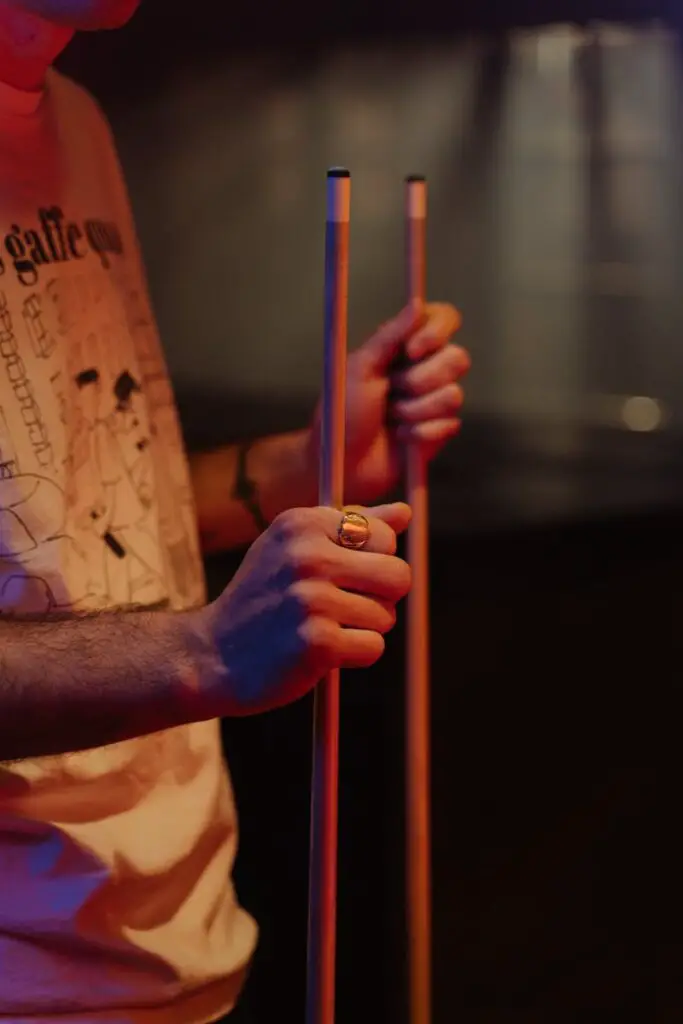
Common Mistakes and How to Correct Them
Even seasoned billiard players can fall into habits that sabotage their accuracy.
Gripping Too Tightly
A tight grip tenses the hand and increases the likelihood of movement, disturbing the shot. Loosen your grip to allow your fingers to act like hinges, offering freedom of movement and precise control.
Elevating the Cue
The cue should always be parallel to the table, mirroring the path you want the cue ball to take. Elevation results in unexpected spin and reduces accuracy.
Inconsistent Bridge Position
Your bridge position should be just right—a centimeter to the left or right can throw off your shot planning. Be meticulous and make minor adjustments to perfect the angle.
Benefits of Adaptability with Bridge Heads
The strategic use of different bridge heads offers more than just accuracy – it provides versatility and control in variegated situations.
Versatility in Shots
Switching bridge heads allows for the execution of a broad range of shots, including close-range soft touches and long strikes across the table.
Enhanced Control and Precision
Mechanical bridges, in particular, offer a level of control that is hard to achieve with just your hands, especially when facing shots that require cueing to be at a low angle.
Conclusion
Maximizing cue accuracy with bridge heads is a meticulous balancing act. It involves understanding the shot, adapting your toolkit, and honing the mechanics of your bridge play. By internalizing the techniques discussed and recognizing common pitfalls, billiard enthusiasts can transform an average game into a tour de force of precision and skill. To sharpen your abilities, practice regularly and vary your use of bridge heads according to the shots presented. Remember, in the game of billiards, every little bit of skill improvement counts.

